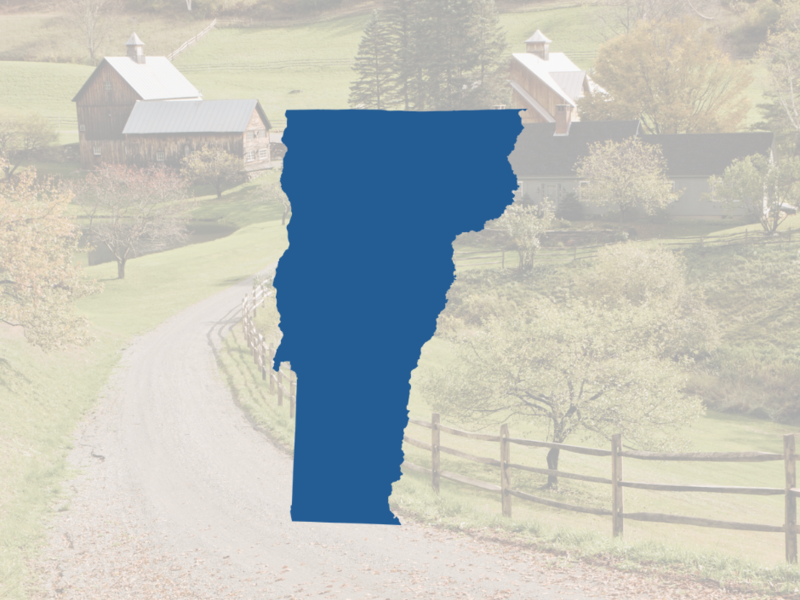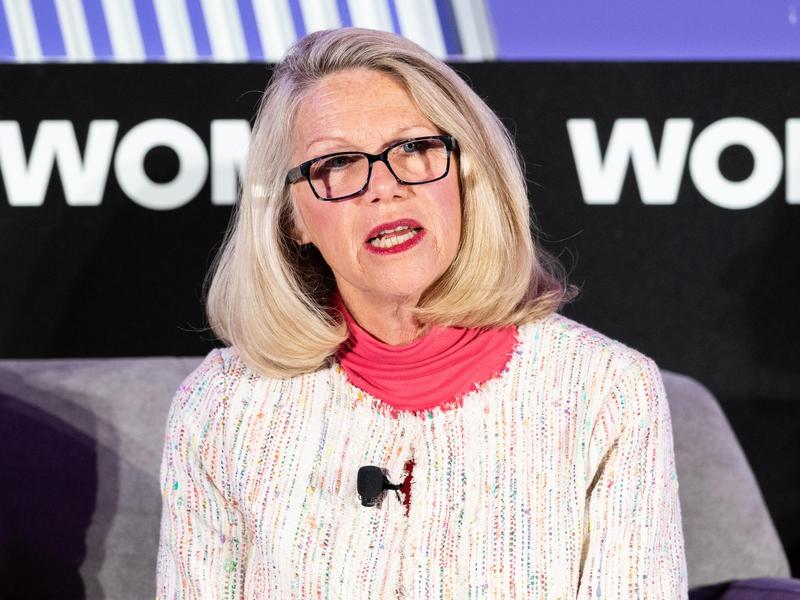
Warning: Obsessive attention to polls can lead to nausea, vomiting, headache, hair loss, trouble sleeping, unusual dreams or sleepwalking, constipation, gas, skin rashes, seizures, heart or blood-vessel problems (mostly in people who already have these problems), and mood or behavior changes, such as depression, hallucinations, delusions, aggression, hostility, agitation, anxiety, panic, or even suicidal thoughts. At the very least, one can be absolutely neurotic looking at political polls these days.
For some, going cold turkey on polls is as difficult as quitting smoking—and it isn’t clear that Chantix or much else will help. But obsessing isn’t the only problem for those with an unhealthy interest in psephology. Call it cherry-picking or call it confirmation bias: Some people tend to pay more attention to polls that reflect well on their favored candidate, party, or cause. Others are guilty of seizing upon the most recent poll and assuming that God has spoken, without taking into account that one poll is not a trend and there are methodological differences between one poll and another. Reporters are particularly guilty of this sin.
President Trump’s approval ratings are up a bit in recent polls, but how much are they really up? Is it the “rally ‘round the flag” phenomenon or something else? Is his improvement durable, able to last through the fall campaign and until Election Day?
Is a presumptive general-election contest between Trump and Joe Biden extremely close, within the margin of error as the most recent ABC News/Washington Post and Monmouth University polls have shown? Or is Biden further ahead, by the 9-point margin in the most recent Fox News and NBC News/Wall Street Journal surveys? Or could it be even wider, like the 10- or 11-point margin that CNN and Quinnipiac University showed in early March? (A new CNN poll is being released Monday night or Tuesday.)

The polls listed above are just the higher-quality, live-interviewer telephone polls, ones that I have much more confidence in than many of the online or robo polls that have proliferated in the last few years. In my mind, no one ever switched away from a live-interview telephone poll for reasons of quality. It is all about money, as the cost of live-interview polling has become prohibitive—an average of 100 calls are needed to get just six completed interviews. The truth is that telephone-interview polls are pretty reliable when done right. Those who say that “all the polls were wrong in 2016” are just flat-out wrong. Or you can look at the 2018 midterm-election polls and outcomes, which were pretty much dead on.
This is not to say that all online polls are junk. But doing it right drives up the cost nearly to that of telephone interviewing.
Using poll averages like those at RealClearPolitics and FiveThirtyEight is certainly better than cherry-picking, though both include some polling that I consider pretty sketchy.
Looking at these most recent polls, it appears that while Biden has a lead, it is just at or a bit outside of the margin of error. Trump’s approval rating is still underwater, but not nearly as poor as it has been. We know from history that presidential job approval is the best predictor of how a president will fare in a reelection fight.
Having expressed my bias in favor of live-caller telephone-interview polling, in recent weeks I have become intrigued by the Navigator Research tracking surveys being conducted jointly by Jefrey Pollock and his firm Global Strategy Group, and Margie Omero and her colleagues at GBAO Strategies. The two Democratic polling firms are conducting tracking for various progressive groups and labor organizations. Their polling first tipped many of us off that Trump’s numbers were up, in some respects slightly more than the public numbers. Real political junkies should consider signing up (it’s free) to get the results five days a week. The Navigator numbers smell like they are right.
Of course, the presidential race will be determined not by the national popular vote but by the Electoral College. If only we had more high-quality polls from the half-dozen most hotly contested states—Arizona, Florida, Michigan, North Carolina, Pennsylvania, and Wisconsin—we could make a better judgment. Until then, we have to look at the national polls. Since Democratic votes are less efficiently allocated than Republican ones, is the Democrat far enough ahead nationally to translate his support into 270 electoral votes? To be sure, he may need a cushion of 4 percentage points.
We obviously can’t know how deep this recession will be or how long it will last, much less its impact on Trump. Many assume it will give him a strong headwind. I prefer to say it will deprive him of the tailwind that he has enjoyed until now.
There is no question in my mind that there are plausible paths for Trump to win 270 electoral votes. It isn’t an easy or wide path, but it is there. Working in his favor, his campaign will be a million times more competent than it was four years ago. He will also have far more money than he did last time, although money in politics is not determinative (just ask Michael Bloomberg).
The phrase we have heard in recent years of “navigating uncertainty” is certainly apt today. There is so much we don’t know, it is easier just to say what we do know.
This story was originally published on nationaljournal.com on March 31, 2020









Subscribe Today
Our subscribers have first access to individual race pages for each House, Senate and Governors race, which will include race ratings (each race is rated on a seven-point scale) and a narrative analysis pertaining to that race.